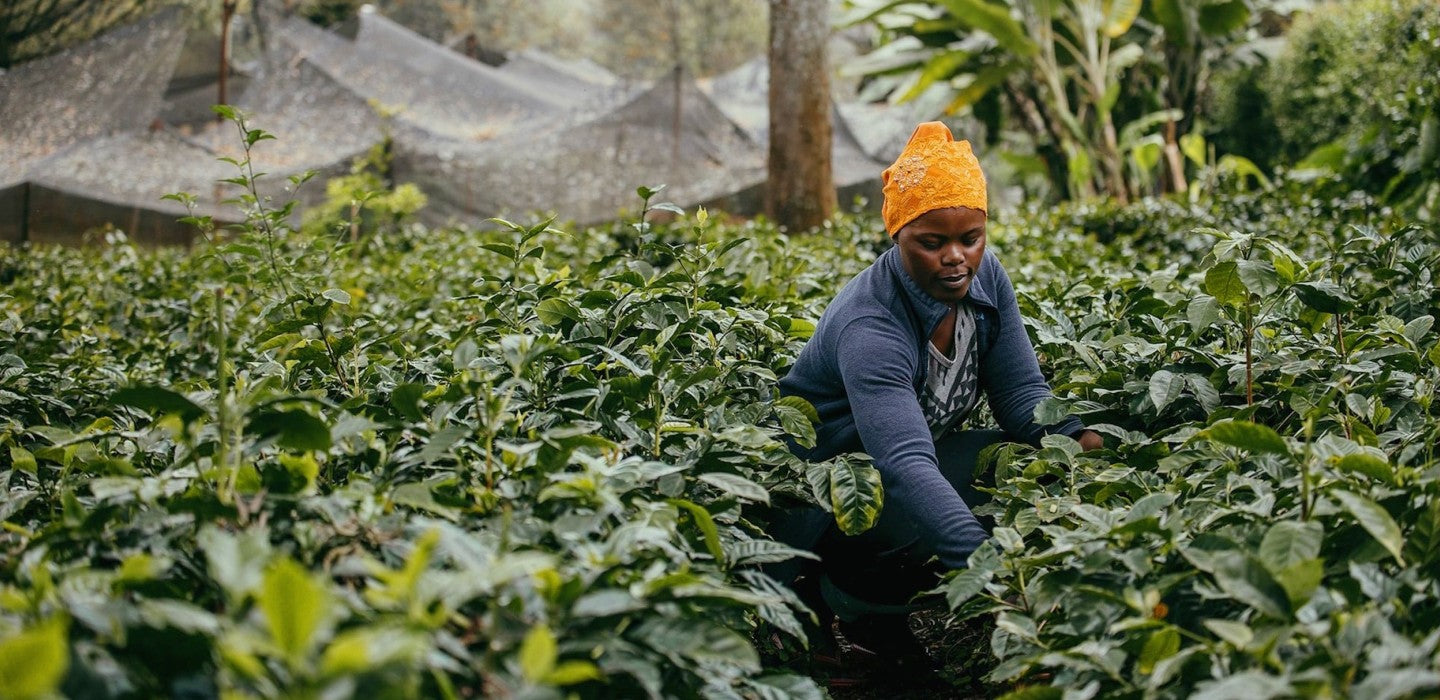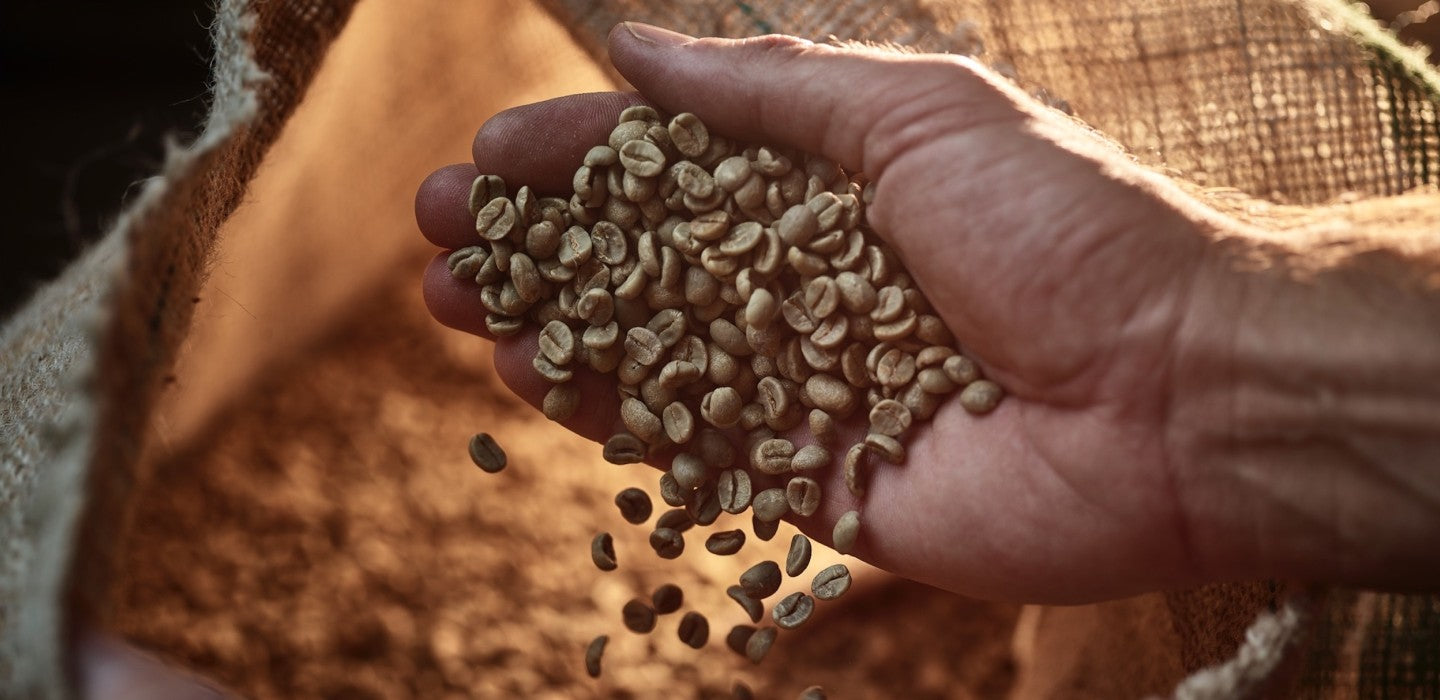How is coffee grown?
At our esteemed platform, we unravel the mysteries of the coffee world to deliver satisfaction, knowledge and superior quality. Winter, spring, summer, or fall - walk with us through vibrant coffee plantations glow and learn intriguing facts about coffee plants.
Coffee: A Fruit Not a Bean!

Did you know that your beloved coffee beans aren't beans at all? They are seeds tucked within coffee cherries - a delightful fruit of the riveting coffee plant! The buds blossom into stunning white flowers closely resembling cherry blossoms, and emit a heavenly jasmine-like aroma. Spearheading a reimagining of the coffee journey, we take you through its entire lifecycle, from bloom-time to the full transformation to dark, ripe cherries - a that spans approximately 8 to 10 months. Adding to the spectacle, a single coffee tree can bear flowers and fruits simultaneously!
The Journey from Green Cherries to Coveted Coffee Beans

The magical transformation of coffee cherries is truly a sight to behold. Starting as green nuggets, they yellow as ripe approaches, ultimately donning a heart-stopping dark red hue when fully mature. Of course, exceptions sprinkle new flavors in the mix, like the Yellow Bourbon variety from Brazil that flaunts its yellow color throughout. Balancing the ripening process is the key; both underripe green and overripe black cherries can spoil the coffee's tasteful symphony.
 |
 |
 |
A Peek Inside the Coffee Cherry
Encasing seven intricate layers, the coffee cherry is a perky little package. The core (Mittelstück) harbors the actual coffee beans, sheathed in a silvery membrane and parchment skin. Succeeding layers include the pectin layer, the pulp of the cherry, all wrapped up in a protective outer skin. Typically, a cherry accommodates two coffee beans, but a single, round seed (Perlbohne) graces about 5% of cherries.
Coffee Cultivation Around the World
Nestled within the global "coffee belt" encircling the equator, coffee plants find their perfect home. Famed coffee-producing zones, including Central and South America, Central Africa, India, Indonesia, and Vietnam, offer climatic paradise to these sensitive plants - moderate temperatures (15°-25°C), minimal temperature variations, consistent annual (1500-2000 mm), nutrient-rich soils & moderated sun exposure ensure optimal growth.
Arabica Vs. Robusta: All About the Favorite Two!
Torrents of coffee varieties (approximately 60) exist, but the 'King and Queen' are undoubtedly Arabica and Robusta, together responsible for over 90% of global coffee production.
Arabica: A Sophisticated Connoisseur
Exuding nuanced, multifaceted flavors, less bitterness, and fruity undertones, the Arabica bean is the tantalizing charmer in the coffee world. Boasting a slim and lengthy form with a curved indentation, Arabica thrives in 800-2200m altitudes at 15°-25°C temperatures. With a caffeine content between 0.9%-1.5%, Arabica has a comparatively lesser kick than Robusta.

Robusta: A Resilient Soldier
The robust Robusta tolerates higher temperatures (>30°C) and even flourishes in flatland. It brings bold, earthy and nutty flavors and a potent aroma which is adored, particularly in Southern Europe. With lowered oil amount, Robusta coffee extends the crema's lifespan, making it a primary component in espresso blends. The Robusta bean contains 2-3.5% caffeine, rendering it a strong brew. Its physical appearance distinguishes it from Arabica with a rounded form and a nearly straight cut.
Provenance and Coffee Character
Just as a master wine sommelier can distinguish a Bordeaux from a Chianti, a coffee conisseur can distinguish between diverse coffee provenances. The coffee bean's character evolves depending on factors like soil composition, rainfall patterns, and climate.
Provenance in coffee cultivation marks specific growth regions. Coffees from Colombia are celebrated for their intense acidity and fruity, wine-like aroma, while Ethiopian coffees tantalize taste buds with reduced acidity and rich, earthy, spicy flavors.

The altitude of coffee cultivation also contributes to its quality. Higher altitudes enable slower ripening, allowing the development of refined flavors. Hence, the Arabica beans, grown in higher altitudes, are considered richer in taste than the high-caffeine, intensely flavorful Robusta beans.
Join us in our coffee expeditions as we bring more thrilling coffee tales and premium products your way. Relish a delivered-to-doorstep coffee experience as we delve into more such marvels of the coffee world. Embark on this extraordinary coffee trip now!




Leave a comment
This site is protected by hCaptcha and the hCaptcha Privacy Policy and Terms of Service apply.